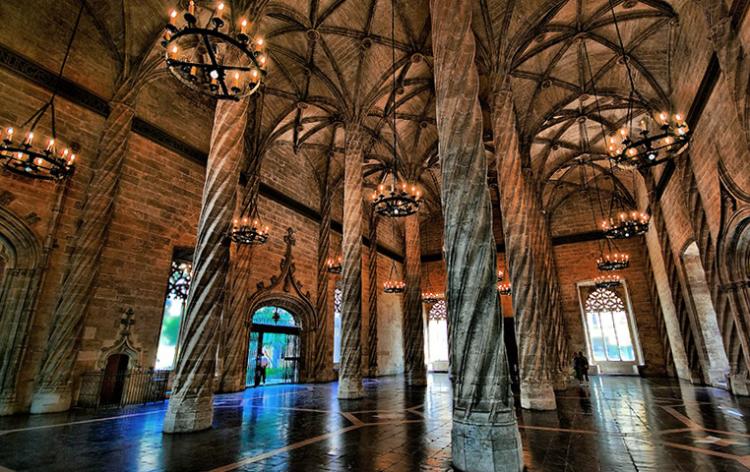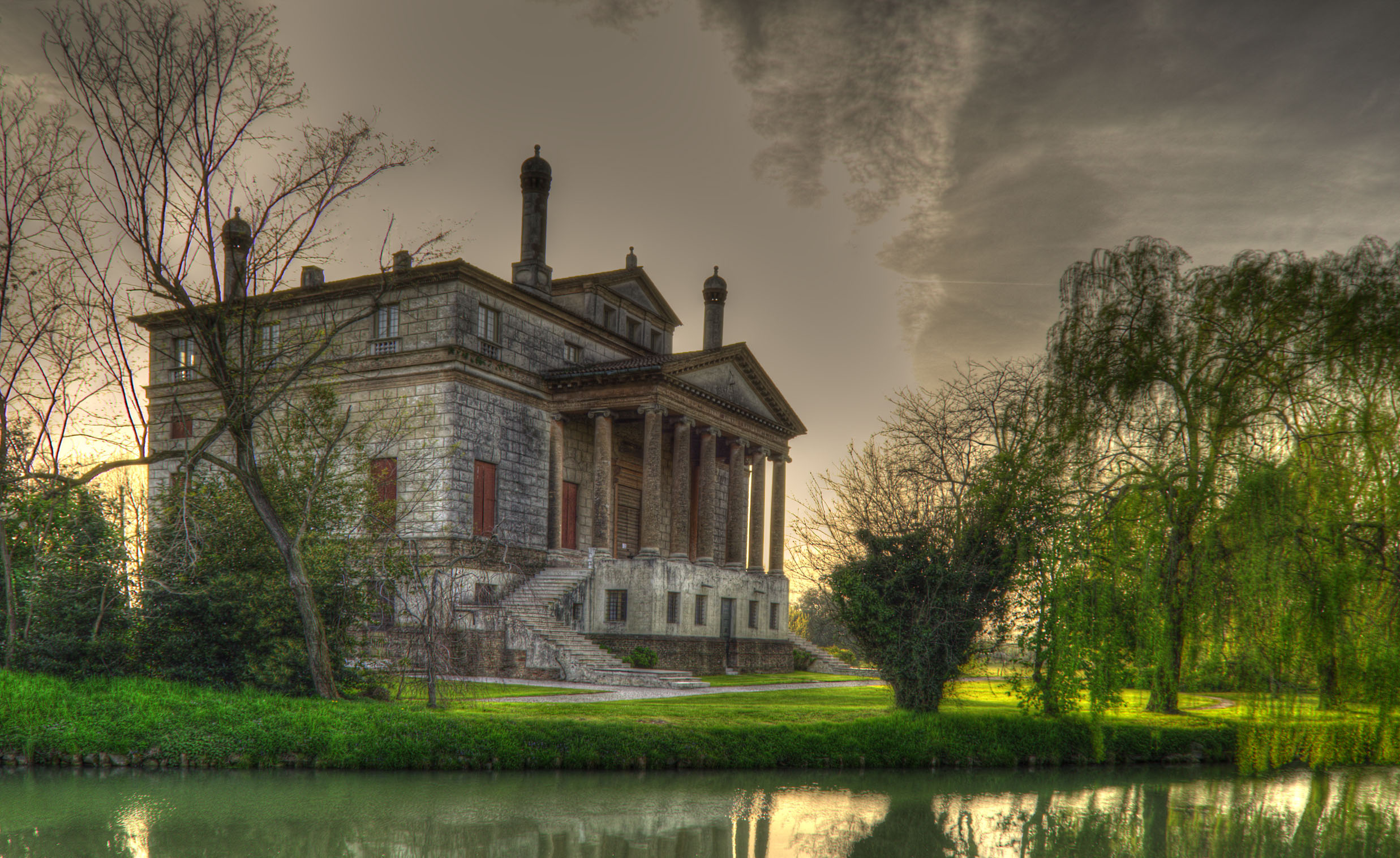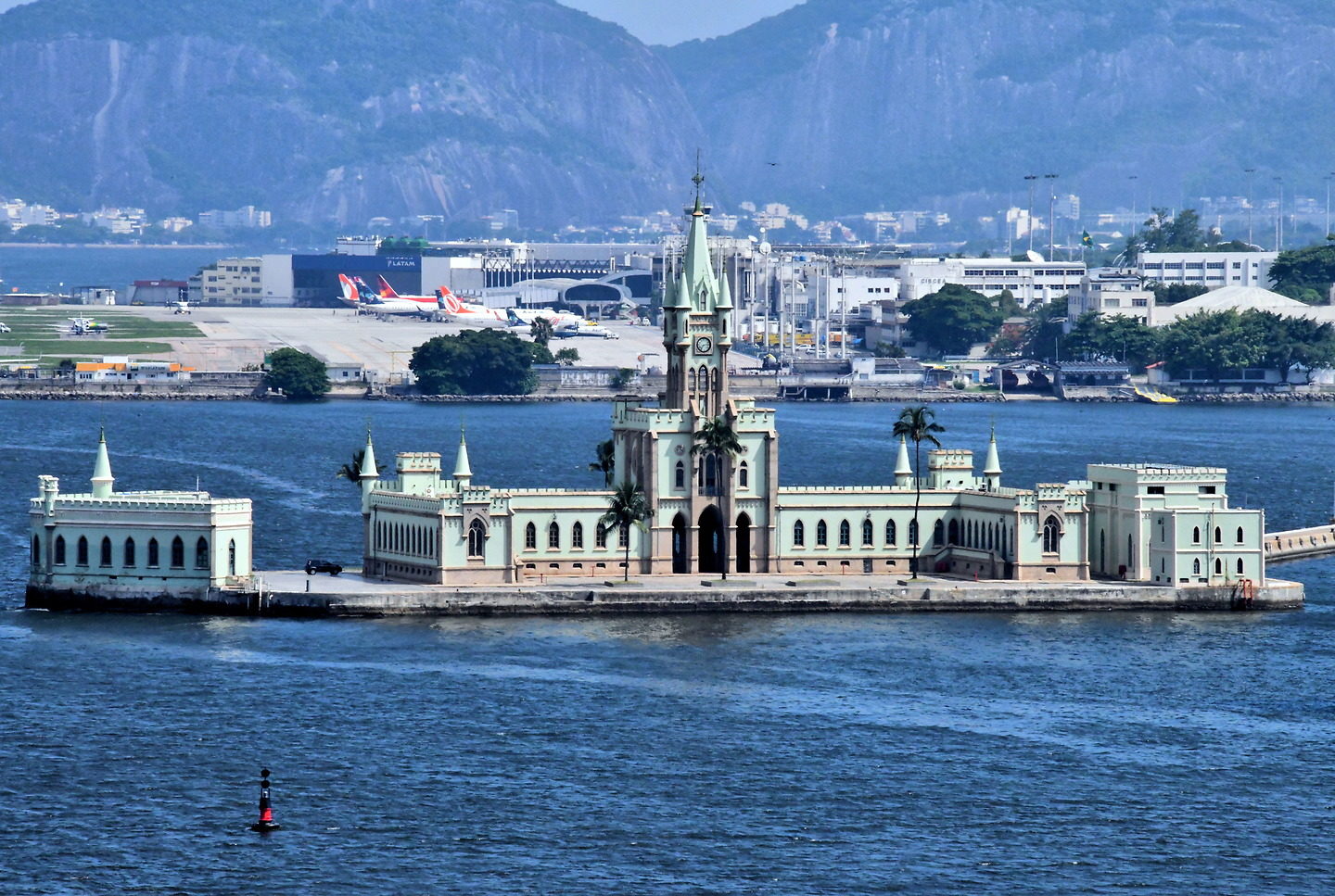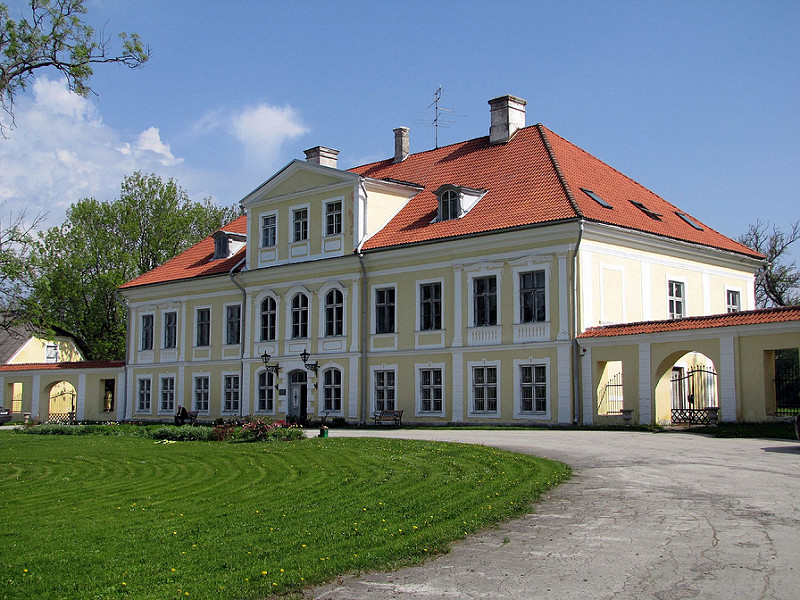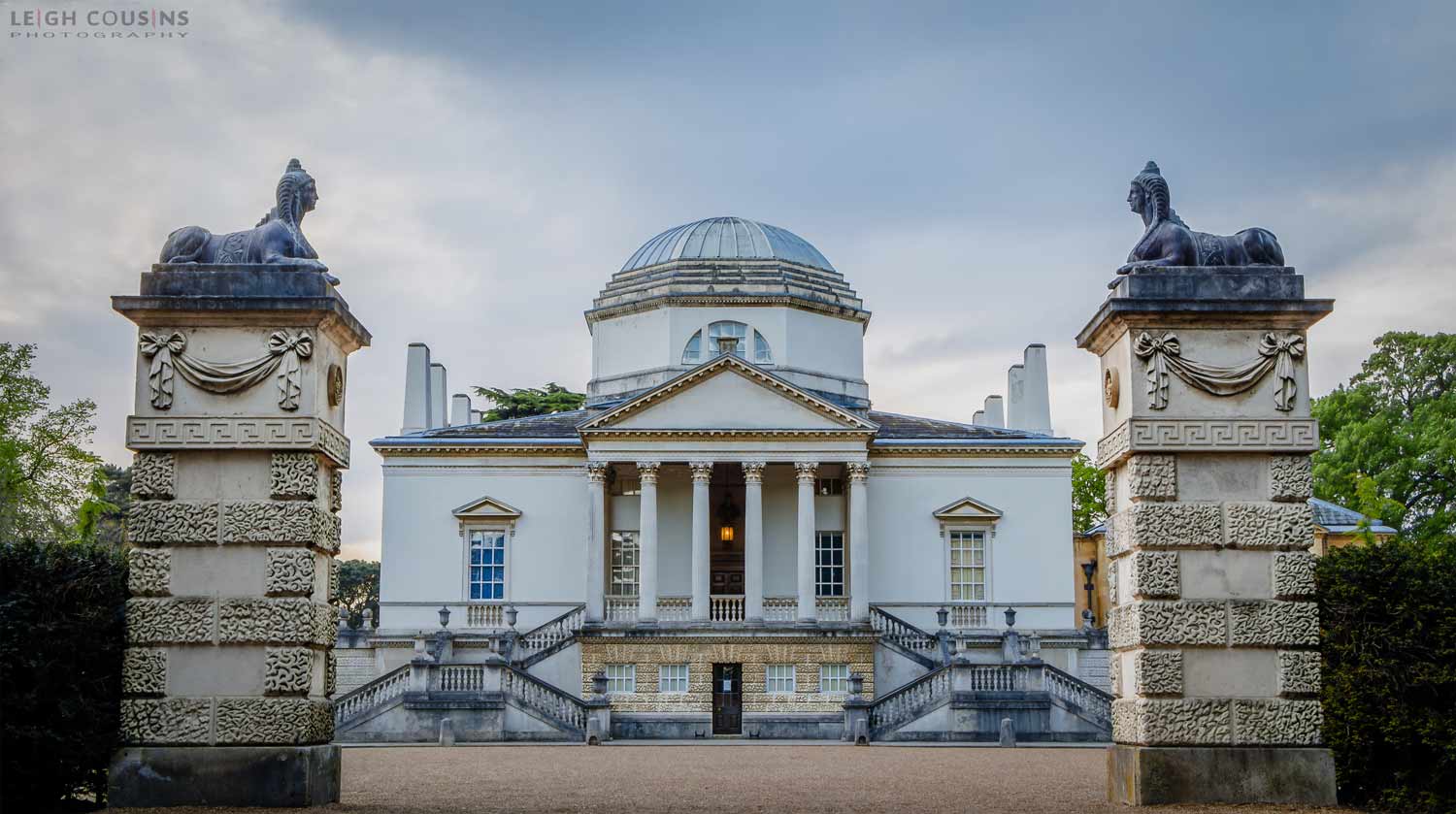In the district of Zisa, in Palermo, there is the homonymous palace. Inside this would be found a great treasure, belonged to an Arab sultan. The legend tells of a deep love between Azel Comel and the beautiful El-Aziz. The marriage of the two young people was opposed by the Sultan of Lebanon, father of the young Azel. The latter stole the family treasure and fled with his beloved to Palermo, where he built the Palace, here they hid the relics protecting them with a spell. The mother of the girl, devastated by the loss of her child, committed suicide. When El-Aziz learned the terrible news, heartbroken, she wanted to reach her mother taking her own life. Azel Comel then went crazy and began to wander aimlessly for days until he died himself. Of this terrible story would remain only the treasure, protected by Devils. According to tradition, the only way to access these riches would be to count the exact number of devils portrayed in the fresco of the fountain room, but these devils seem to make fun of visitors by making strange grimaces and making the count impossible.
The Zisa, a building of the twelfth century, dates back to the period of Norman rule in Sicily. Its construction was begun under the reign of William I and brought to completion under that of William II. The Zisa of the origins was a summer residence created in the vicinity of the city for the rest and recreation of the sovereign. The Normans, succeeded to the Arabs in the domination of the island, were strongly attracted by the culture of their predecessors. The sovereigns wanted rich and sumptuous residences like those of the emirs and organized the life of court on the model of that Arabic, adopting also the ceremonial and the customs. It was so that the Zisa, like all other royal residences, was built in the manner "Arab" by workers of Muslim extraction, looking at models of palatial construction of North Africa and Egypt, confirming the strong ties that Sicily continued to have, at that time, with the Islamic cultural world of the Mediterranean basin.
The name Zisa probably derives from al-Aziz (which in Arabic means noble, glorious, magnificent). The word (in Nashi characters), found in the epigraphic strip of the vestibule of the building, denotes the characteristic of Islamic use to distinguish with an appellative the most important civil buildings.
The Zisa of the origins underwent numerous transformations over the centuries. In the fourteenth century, among other changes made, was made a battlements, destroying part of the inscription in Arabic (kufic characters) that was the crowning of the building. Radical were the seventeenth-century transformations intervened when the palace, in very bad conditions, was taken over by Don Giovanni di Sandoval, to whom goes back the marble coat of arms with the two lions, today placed above the entrance archway.
In 1808, with the death of the last Sandoval, the Zisa passed to the Notarbartolo, princes of Sciara, who used it for residential purposes until the 50s, when the Sicilian Region expropriated it. The restoration of the late ’70s and ’80s has returned the Zisa to public use.


